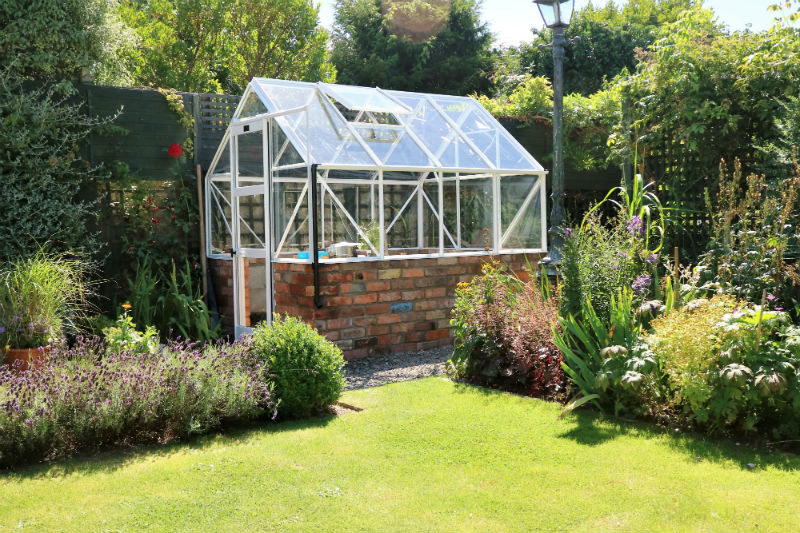
Here at Elite Greenhouses we love a good gin and the 8th of June is World Gin Day. This sounds to us like a good excuse to get the home grown botanicals out. With careful planning you can have fresh botanicals all year round to garnish your favourite tipple.
Here’s our guide on how easy it is to grow botanicals in your green house and when they will be ready for harvesting.
Angelica – blooms every other year, so needs to be planted in two consecutive years for a constant supply of flowers. Angelica seeds must be sown when really fresh and placed outside in a cold frame. Once the plant has filled the pot, the angelica should be placed outside. In flower from August to September
Basil – is famous for being aromatic. In the greenhouse, Basil requires a steady temperature, light and moisture. It should be harvested in summer or autumn.
Cardamon – is related to ginger and is highly aromatic with a powerful flavour. It’s a tropical plant, so when growing it in the greenhouse, it needs to be kept humid and maintained carefully. It can be harvested 5-6 times during the year, with 35-45 days between each harvest.
Cassia Bark – cassia trees should be grown from seed; the bark is harvested and dried and resembles the hot bite of cinnamon. Harvest time varies depending on the species
Cinnamon – complementary to the sweeter notes in gin by adding a fiery undertone. These are perennial plants and are grown from seeds and cuttings. Pots should be placed in a bright, sunny greenhouse.
Coriander – grows well in a light place, out of direct sunlight. The leaves have a fabulous fragrance. It grows quickly inside greenhouses so you should plant fresh batches every two to three weeks to keep supplied for the whole season.
Juniper berries – The core spirit of gin!! They are a low maintenance plant to grow. The outside of the berry is tasteless so the berries should be lightly crushed before being used as a spice. Collect from September through to December when the berries are blue.
Lemon – Growing lemon trees in greenhouses is simple as they require little care once established. A lemon tree will start producing fruit 3-4 years after planting. Depending on the variety, fruit may begin appearing in the spring, summer or autumn, so by planting different varieties you can make sure you have a fresh slice of lemon in your gin all year round..
Lime – sensitive to cold weather, so they’re best grown in a container which can spend the summer outside and the winter in a heated greenhouse. Harvest between August and December.
Liquorice – a sugary sweet taste that is similar to anise. Whilst some varieties tolerate temperatures down to -15°C, some require winter protection in the cooler weather. It is deep rooting and best grown in the ground. Perennial plant.
Mint – best grown in pots as it is a very aggressive spreading plant. There are a huge number of varieties and flavours to suit lots of different gins. Harvest in spring and dry for year round use.
Orange –the oils in the skin can provide bitter citrus or sweet and gentle notes. Opt for an unheated greenhouse during the winter and move them to a sunny and sheltered spot in summer. Depending on the species, they can be harvested all year round.
Raspberries – do not require supplementary lights in the greenhouse and grow well in relatively cool temperatures. The plants need to remain moist. Harvest from July onwards.
Strawberries – easy to grow in pots in the greenhouse and produce fruit from the start of summer. If you wish to get strawberries earlier or later than the typical season, a greenhouse is your best bet as they start to ripen a month after the last garden-grown strawberries are finished.
Thyme – Make good use of your greenhouse over autumn and winter by filling it with Mediterranean herbs, such as thyme. It is perfect to grow in pots, where it gets no competition from other plants. Greenhouse grown herbs can be constantly harvested throughout the year.
Happy harvesting!!
